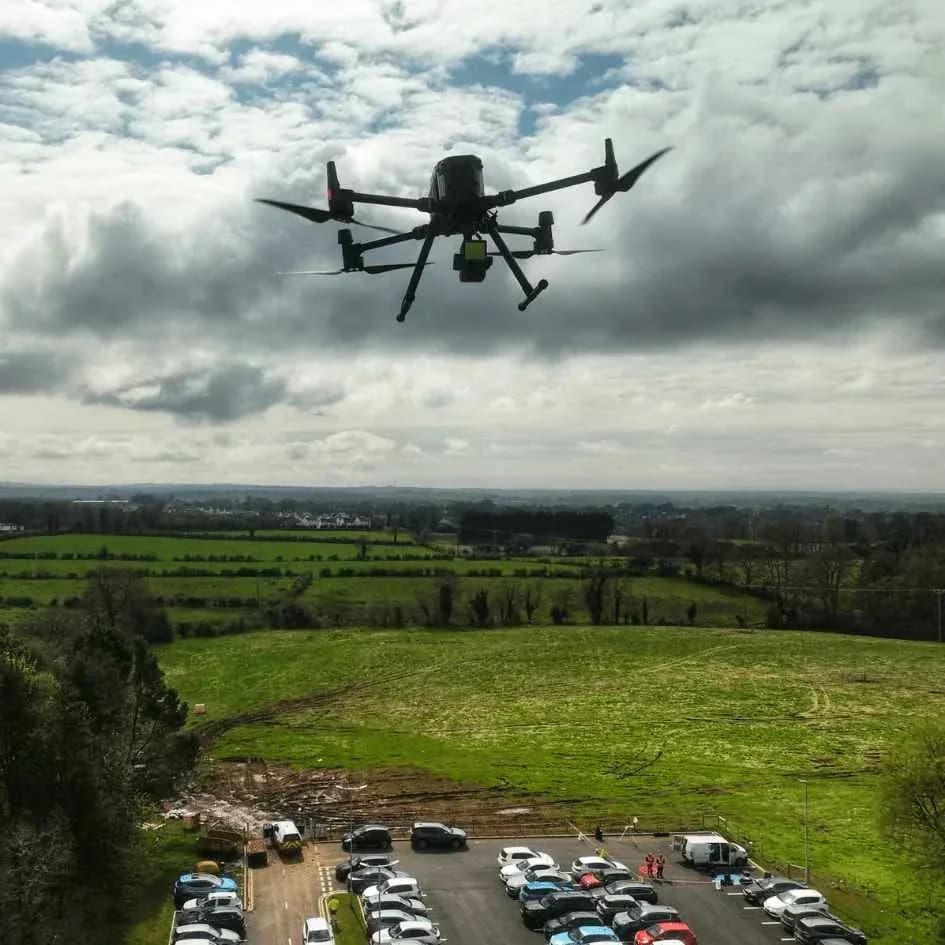
Flying a drone over a UK prison is illegal unless you have specific, hard-won commercial authorisation, and I've navigated that mountain of paperwork myself.
It's a formal process that requires at least a 21-day lead time for applications, detailed risk assessments, and a prison guard escort monitoring your every move on-site.
Whether you're a hobbyist just wondering about the rules or a commercial drone operators considering this type of work, this guide breaks down the severe risks and the official process from a drone pilot who's actually been there.
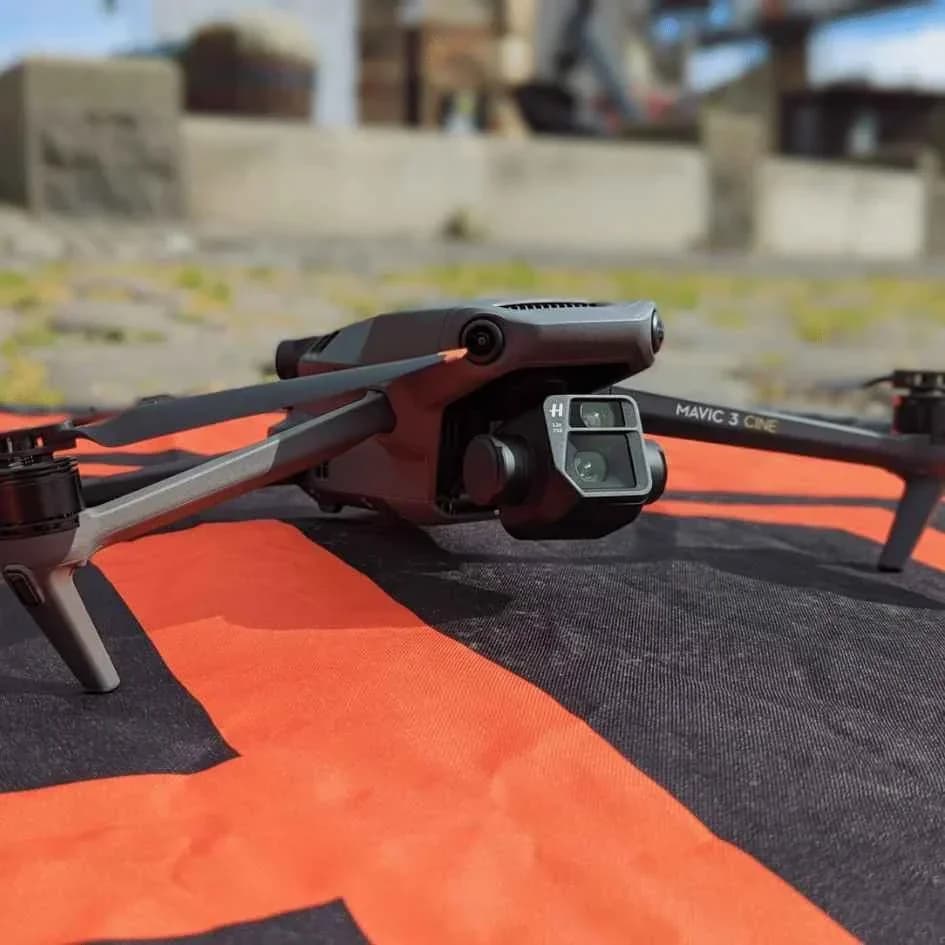
30 Second Summary
- All UK prisons are designated as restricted airspace under the Air Navigation Order 2016, prohibiting drone flights
- Flying drones over or within 400 feet of prison boundaries is illegal and subject to criminal prosecution
- Violations can result in fines up to £2,500 and potential imprisonment of up to 10 years
- Prison security systems actively detect unauthorized drones using radar, RF jammers, and acoustic sensors
- Only government agencies and law enforcement can fly drones near prisons with formal permission
UK prisons are designated as strict no-fly zones for drones
In the United Kingdom, all prisons are classified as restricted airspace. These restrictions exist under the Air Navigation Order 2016, which prohibits flying any drone within the perimeter of a prison facility or within 400 feet of its boundaries.
As a professional drone operator, these are lines on a map I take very seriously.
Ignoring them doesn't just risk a fine; it undermines the trust that professional drone pilots work hard to build with regulators and the public. You'll face serious legal consequences if you violate these restrictions.
Flying a drone near or over a prison can result in prosecution, with penalties including hefty fines and potential imprisonment.
This isn't a slap on the wrist; it's a career-ending mistake.
The restrictions serve critical security purposes - preventing contraband delivery, unauthorized surveillance, and potential escape planning. Prison authorities use counter-drone technology, and law enforcement can confiscate drones and pursue criminal charges.
Flying a drone over a prison is a criminal offence under UK law
Drone operators who fly over UK prisons without authorisation face serious criminal charges under multiple legal frameworks. The Prison Act 1952 makes it illegal to convey prohibited items into prisons, and simply flying over prison grounds violates the Air Navigation Order 2016.
The penalties for these offences are severe and multi-layered. For the airspace violation alone, you could face fines up to £2,500. However, if authorities believe you intended to drop contraband, you could face up to 10 years in prison under the Prison Act.
On top of that, your drone will be confiscated. I've seen the paperwork for a legitimate, authorised flight, and the level of scrutiny is immense.
Trying to bypass that is just asking for trouble, and it's a risk that is never, ever worth taking.
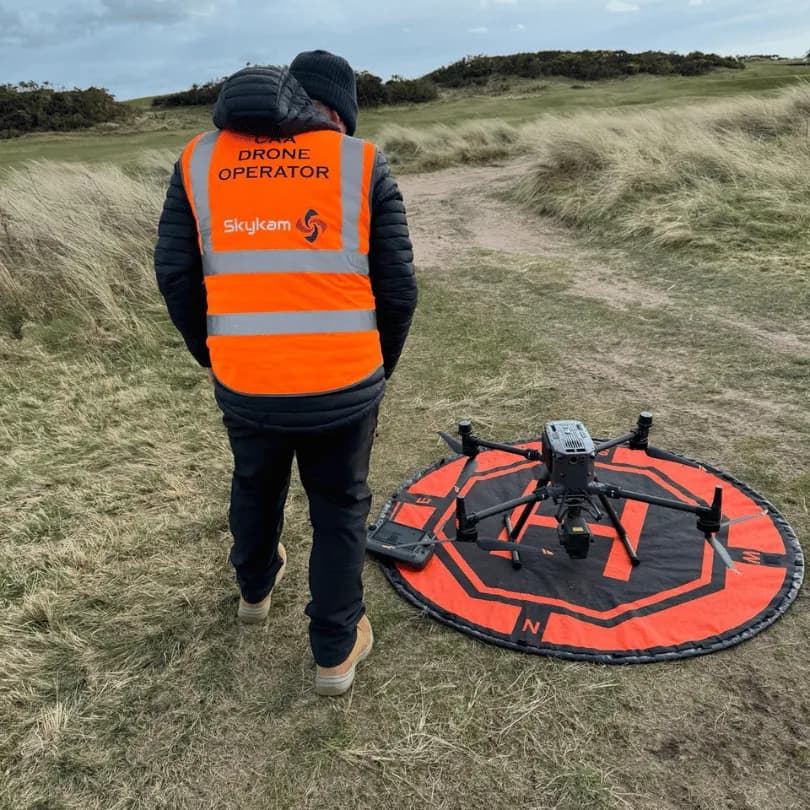
Drones near prisons pose security threats and are tightly monitored
Because they provide a method for smuggling contraband and conducting surveillance, drones near prisons represent a serious security threat.
Prison authorities employ advanced detection systems, including radar systems, radio frequency jammers, and acoustic sensors. From my experience on approved jobs, I can tell you their capabilities are impressive.
You are being watched from the moment you power on your drone.
UK prisons also use specialized drone response teams that work alongside police to track drone operators. The National Police Air Service regularly monitors prison perimeters and investigates suspicious drone activity. If you're caught, you face immediate investigation and potential prosecution.
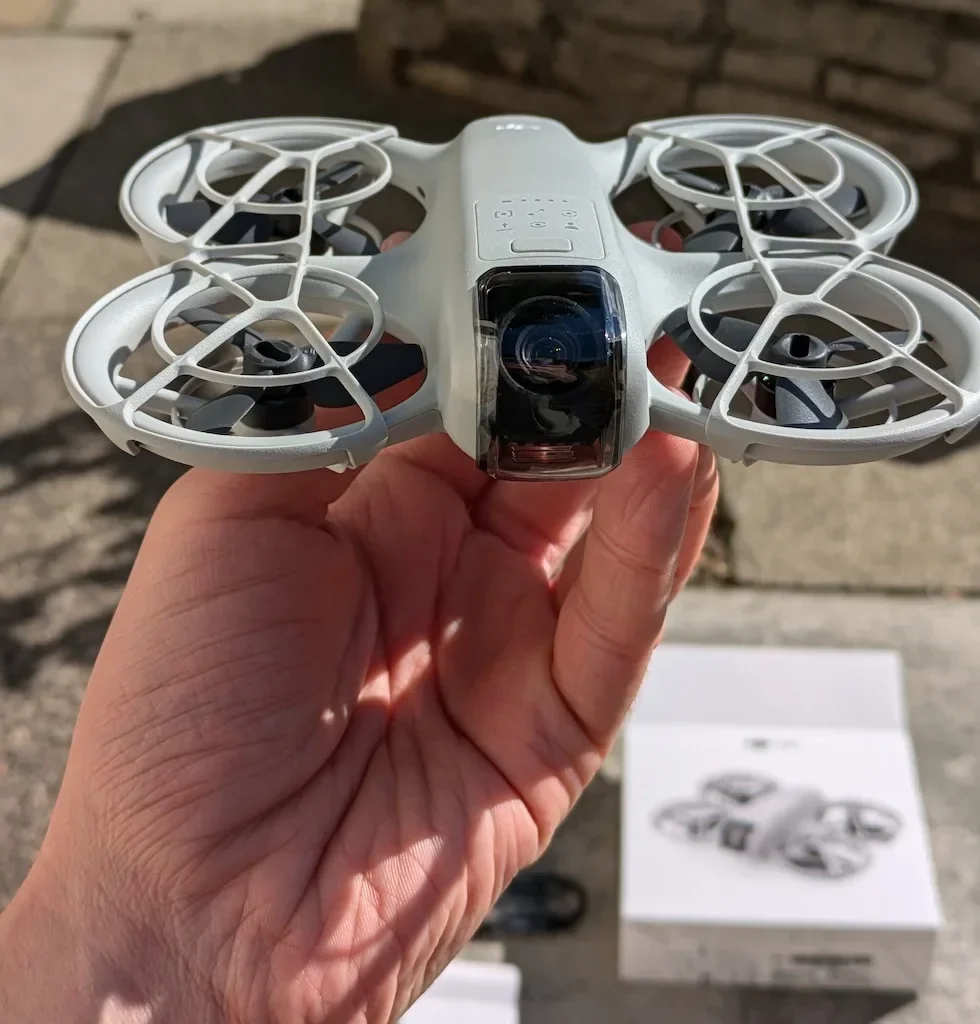
How to Plan Your Drone Flights and Stay Compliant
The single most important habit for any drone pilot is thorough pre-flight planning. It is your responsibility to know the airspace you're operating in.
Before any job, the first thing I do is open my planning app, like Drone Scene or NATS, to check for any Flight Restriction Zones (FRZs).
I don't just check the immediate flight area; I look at the surrounding airspace so I know exactly where the boundaries are.
It takes 30 seconds and can save you from a career-ending mistake.
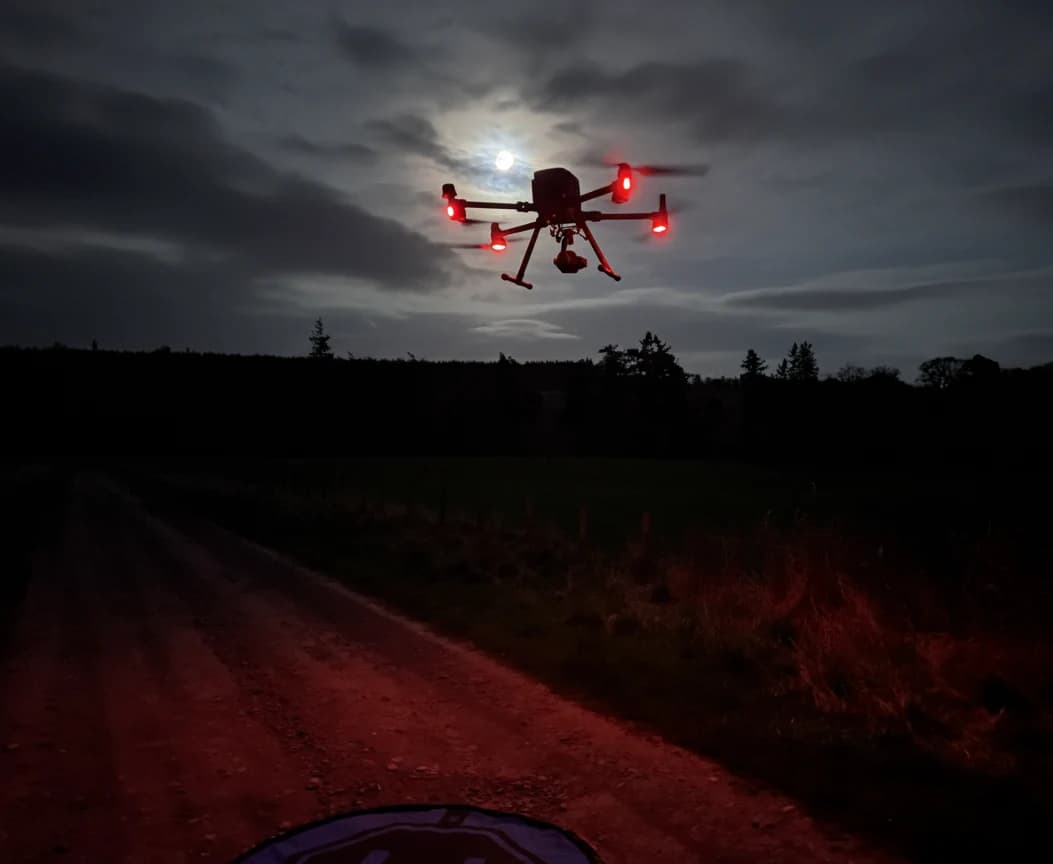
Only authorised government or law enforcement operations may fly drones near prisons.
The strict regulations governing prison airspace make an exception for authorized government, law enforcement, and some commercial agencies.
However, getting that authorisation is a whole other story. We've had a few jobs doing drone roof inspection for prisons, and the process is unlike any other.
A Look Inside the Official Approval Process
You can't just decide to do it. We have to submit our application for flight approval at least 21 days in advance.
This isn't just a simple form; it involves submitting detailed flight plans, extensive risk assessments (RAMS), our specific operational authorisation, and proof of commercial drone insurance. Every detail is scrutinised.
On the day of the flight, we were escorted and monitored by a prison guard for the entire duration of the operation. Every takeoff, manoeuvre, and landing was watched.
So yes, it can be done for legitimate commercial reasons, but it's a formal, tightly controlled process. A hobbyist has absolutely no hope of getting this kind of permission.
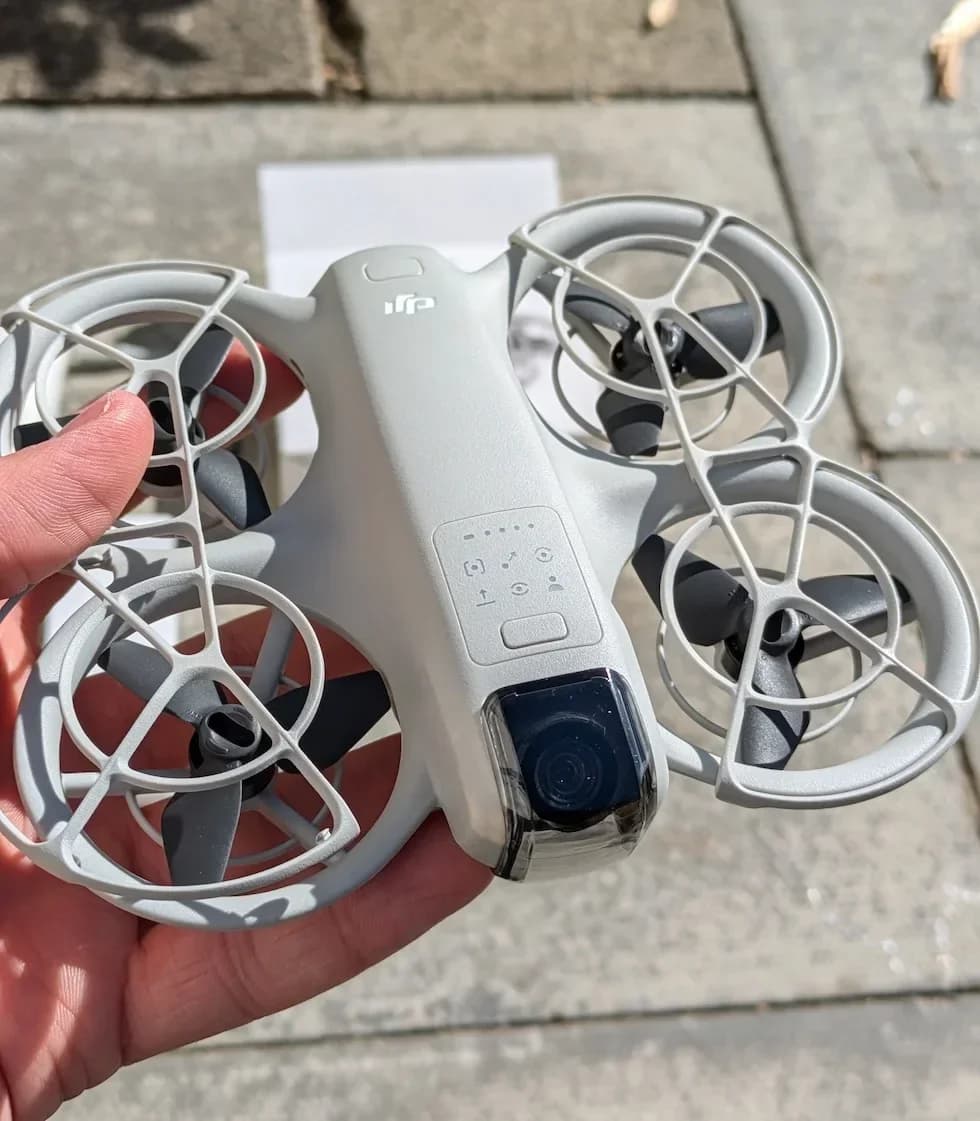
What to Do in an Emergency or Accidental Fly-Over
Mistakes can happen, but how you react is critical. If you find you've accidentally flown into restricted airspace near a prison, do not panic.
The correct procedure is to immediately fly the drone back out of the restricted zone via the shortest and safest route possible. Land your drone as soon as it is safe to do so.
Once you have landed, I strongly recommend self-reporting the incursion to the local police on the 101 non-emergency number. Explain the situation calmly and honestly.
This shows accountability and is far better than having them launch an investigation to find you.
As a licensed drone operator, maintaining a transparent and professional relationship with the authorities is part of the job. Honesty in a situation like this goes a long way.
Frequently Asked Questions
What Is the Minimum Distance to Legally Fly From a Prison?
You must maintain a minimum distance from people and structures of 150 meters from a prison. This restriction applies to anyone without specific, written permission. If you're flying recreationally, stay well clear of this boundary. Intentionally flying over a prison is illegal and will land you in serious trouble.
Can Prison Staff Legally Disable or Intercept Unauthorized Drones?
Prison staff can't legally disable drones themselves, but they will report you instantly. Law enforcement has the legal authority to take down drones under specific circumstances. The use of drone jammers is highly restricted. Police can use reasonable force to seize drones flying illegally near prisons, and drone operators face charges under the Prison Act 1952 and Aviation laws.
Are There Signs Indicating Drone Restrictions Around Prisons?
Yes, prisons in the UK typically have clear signage around their perimeters warning about drone restrictions. You'll see signs specifically prohibiting drone flights, often mentioning the legal consequences. They're usually positioned at regular intervals along prison boundaries.
How Do Authorities Detect Drones Flying Over Prison Grounds?
Believe me, they have the tech. Prison authorities detect drones using radio frequency sensors, radar, and acoustic detection similar to airport drone detection systems. They also use CCTV and staff observations. Many UK prisons have implemented drone defense systems that can track and identify your drone. When we've been on site, it's clear they can see everything.
Can I Get Permission to Film a Prison Documentary Using Drones?
Yes, but expect the same rigorous process as any other commercial work. You'll need to apply for authorization from both the prison authorities and the Ministry of Justice, as well as the CAA. You must submit a detailed proposal for your drone video services, explaining your purpose, flight paths, and safety measures. Expect thorough security checks and to be escorted and monitored if permission is granted.
Need to Fly in Restricted or Complex Airspace?
In short, flying a drone near a UK prison is off-limits for hobbyists and a complex, high-stakes operation for professional drone operators. The risks are severe, and the approval process is designed to filter out anyone but the most qualified drone operators.
For sensitive projects like critical infrastructure inspections or operating within restricted airspace, you need an expert in compliance and safety. This is where HireDronePilot provides a crucial solution.
As the UK's premier managed marketplace, we specialise in connecting businesses with verified professional drone pilots for hire. Our network includes drone operators with the GVC certifications and proven experience required to manage complex authorisations and high-stakes flights.
We streamline drone services through competitive bidding, ensuring quality, compliance, and value for every aerial project across the United Kingdom.
If your project demands operations in challenging airspace, don't risk navigating the complex regulations alone. Visit HireDronePilot.uk to find a qualified, insured, and vetted professional ready for the job.
Get a quote from a certified drone pilot for your high-security aerial project today.
About the Author

Written by
Peter Leslie
Peter Leslie is a CAA-approved commercial drone pilot with 10+ years experience and over 10,000 flight hours. He holds the GVC and A2 CofC drone licences with full CAA Operational Authorisation. Peter is a member of ARPAS-UK, the UK's non-profit trade association for the drone industry. He founded HireDronePilot to connect UK businesses with qualified, insured drone operators.
Looking for More Drone Work?
Join the UK's leading network of professional drone pilots and grow your business.
Open Access
Bid on any job - all jobs open to all pilots
Grow Revenue
Access high-value commercial projects
Stay Busy
Fill your schedule with regular work
Related Articles

Our Drone Survey Service In Stirling, Scotland
Bringing you Stirling drone survey data from areas no one else can fly.

How Much Does A Drone LiDAR Survey Cost
Forecasting your drone LiDAR survey cost requires understanding what's hidden beyond the initial quote.

Step By Step Process Of Drone LiDAR Survey
Next, discover the crucial post-flight steps that determine your survey's success.
